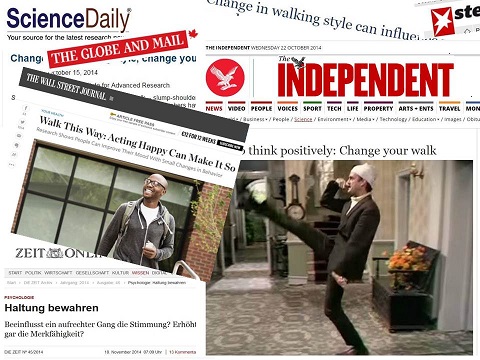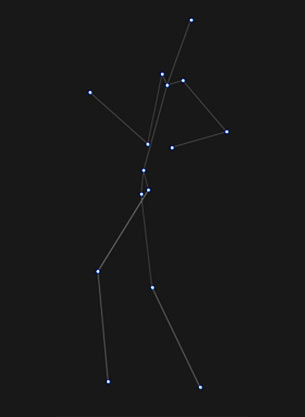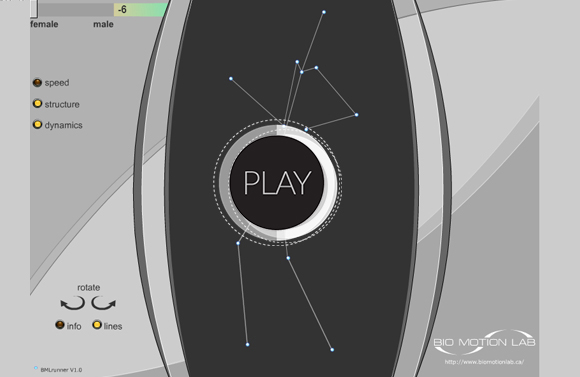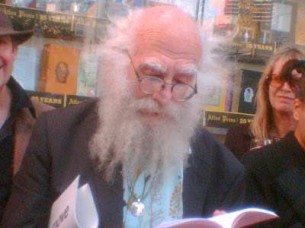The Biomotion Lab is located at Queen’s University in Kingston, Ontario. The laboratory is integrated into the Queen’s Biological Communications Centre and the Centre for Neuroscience Studies at Queen’s University. Hosted by the Department of Psychology, the lab has an intensive exchange with the School of Computing at Queens University. We are also a member of the Canadian Action and Perception Network CAPnet.
The lab is directed by Prof. Dr. Nikolaus Troje and currently have some active collaborations outside of Queen’s:
. Harvard University Vision Sciences Lab ( Ken Nakayama )
. University of Toronto, Computer Science ( David Fleet, Geoffrey Hinton)
. Concordia University, Department of Psychology ( Rick Gurnsey)
. Ruhr University, Department of Psychology ( Johannes Michalak, Silja Vocks)
. Cognition Lab, University of Vienna ( Ludwig Huber)
The Biomotion Lab have goals focused on questions concerning the biology and psychology of social recognition, some of them are:
. detection of animate agents
. conspecific recognition
. gender recognition
. individual recognition
. recognition of an agent’s actions
. recognition of emotions, personality traits and intentionality
. face recognition
And there are researches on perception in visual perception and visually guided behaviour in pigeons:
. functional significance of head-bobbing behaviour
. control of head movements
. coordination of social behaviour such as courtship
. visual recognition of individuals
Online Experiments:
BMLrunner
Men and women running
This demonstration is similar to the one above, but uses data from running 50 men and 50 women running. As above, sex specific differences can be found in body structure and in the dynamics of the movement.
The current projects are:
Depth ambiguity and perceptual biases
While two-dimensional projections of three-dimensional objects are typically interpreted in an unambiguous way, for some there seems to be more than one viable solution. Examples include the Necker cube and related demonstrations, but also point-light displays, stick figures, and silhouettes of people and objects.
Adaptation aftereffects in the perception of gender from biological motion
We demonstrate a pronounced aftereffect in response to adaptation to the perceived gender of biological motion point-light walkers.
The inversion effect in biological motion: Maybe there are two of them!
What happens when biological motion point-light displays are presented upside down?
Analysis and synthesis of walking patterns
How is information encoded in biological motion patterns and how can be retrieved?
Person Identification from Biological Motion: Models and Psychophysics
What are the perceptual cues to person identification from motion?
Gravity and its Role in Biological Perception
Gravity links spatial and temporal scales in our visual environment. Is our visual system able to use this relation for the interpretation of biological motion?
The Functional Significance of Head-Bobbing in Birds
Why do some bird species show head-bobbing while others can well survive without it?
Which are the features that turn a computer animation of a pigeon into an acceptable mate?
If you want more information, visit: https://www.biomotionlab.ca/









